Inspiring tales, instructional guides and damning investigations.

Diet for a Small Planet (Revised and Updated)
Fifty years ago, Diet for a Small Planet helped spark a food revolution. In the book—the first one to note the environmental impacts of meat production—author Frances Moore Lappé argued for environmental vegetarianism, practicing a vegetarian lifestyle due to concerns over animal-based industries and products. It sold more than three million copies. This fall, a revised and updated version was released in honor of the book’s 50th anniversary. In the new edition, Lappé offers ways we can address the current climate crisis and restore damaged foodways. It also features 85 plant-centered recipes, as well as new insights from Mark Bittman, Padma Lakshmi, Alice Waters, José Andrés, Bryant Terry and other notable chefs.
(September 21, Ballantine Books)
Meatpacking America: How Migration, Work, and Faith Unite and Divide the Heartland
Kristy Nabhan-Warren lives in the Corn Belt state of Iowa, which has led the nation in commercial red meat production in recent years. In 2020, Iowa accounted for nearly 9 billion pounds of beef, veal, pork, lamb and mutton—up from 2019, despite the fact that COVID-19 infections spread rapidly throughout meatpacking plants across the nation during the early days of the pandemic. It’s those workers, many of whom are immigrants, that Nabhan-Warren focuses on in Meatpacking America. Through interviews with immigrant and native-born meatpacking workers and residents, agricultural CEOs and local religious leaders, she explores how the state came to be a major hub of both migration and food production.
(September 21, UNC Press)
Bet the Farm: The Dollars and Sense of Growing Food in America
Journalist Beth Hoffman spent decades reporting on food and agriculture before she and her husband decided to leave their home in San Francisco to take over his family’s Iowa farm, with the goal to turn it into a more environmentally friendly business in the process. The couple quickly learned how expensive and challenging it would be to do so. In Bet the Farm, Hoffman talks frankly about the struggles of being a beginner farmer, including how their decision to grow oats, which are good for the soil, ended terribly after a storm came through and soaked them just before harvest. It’s a book about succession and determination, but it’s also about just how fragile the future of family farms is in America.
(October 5, Island Press)
For his latest obsession, Rowan Jacobsen—the author of A Geography of Oysters, Fruitless Fall and American Terroir—delves into the seductive world of truffles. He journeys from Italy to Istria, Hungary, Spain, England and North America, following the trail of about a dozen different species of truffles, including Italy’s celebrated white truffle, as well as the black truffle, which is more subtle but longer lasting. Truffle Hound offers a unique insight into the secretive hunts and black-market deals that take place before chefs shave them over luxury dishes and serve them to you in restaurants. Jacobsen also meets a few good dogs along the way.
(October 5, Bloomsbury)
Seed Money: Monsanto’s Past and Our Food Future
If you want to learn just how Monsanto came to be hated by so many, this is the book for you. Award-winning historian Bartow J. Elmore traces the St. Louis chemical firm’s beginning in 1901 as a humble enterprise to becoming the face of corporate evil. He covers the troubling, explosive parts of the company’s history—everything from the introduction of its genetically modified organism (GMO) Roundup Ready seeds 25 years ago and how the sterile seeds hurt farmers’ margins, to the many lawsuits against the company (which merged with German pharma-biotech giant Bayer in 2018), to the hold Monsanto’s legacy still has on the global food system.
(October 12, W.W. Norton & Company)
Growing and Eating Sustainably: Agroecology in Action
While the industrial food system is built for scale and efficiency, often resulting in food that’s less expensive for the consumer, it doesn’t do much good for the environment. It’s a major contributor to social and economic problems, too. The coronavirus pandemic helped further expose the fragility of our global food system. In response, an approach known as agroecology—which views agricultural areas as ecosystems—is on the rise. In this book, Evan Bowness and Dana James showcase agroecology in action throughout Brazil, highlighting farmers and how the farming practices they use can contribute to more sustainable and just food systems in other parts of the world.
(October 15, Fernwood Publishing)
The planet needs better soil, says soil specialist Dale Strickler. In addition to producing healthy food, good soil holds moisture, resists erosion, stores carbon and can withstand droughts and floods. In his latest book, Strickler looks at the various factors that have led to poor soil quality, such as the rise of industrialized agriculture, tilling and monocropping, and makes a case for why farmers and home gardeners should care just as much about cultivating healthy soil as they care about cultivating crops. He offers proven methods for how to restore depleted soil, and explains what signs of life to look for in healthy soil.
(October 26, Storey Publishing)
Taming Fruit: How Orchards Have Transformed the Land, Offered Sanctuary, and Inspired Creativity
As Bernd Brunner points out in Taming Fruit, the story of orchards is intertwined with the story of humanity. He considers their importance as sources for food, as well as the role orchards have played as sources of inspiration for artists and writers. In an exploration that’s both captivating and scientific, Brunner explores the history of orchards around the world, filled with fruits such as apples, pears, quinces, plums, cherries, dates and almonds, and how they’ve helped establish our ever-evolving tastes.
(October 31, Greystone Books)
The Farmer’s Lawyer: The North Dakota Nine and the Fight to Save the Family Farm
In the early 1980s, farmers were suffering in ways they hadn’t in decades. Tightened money policies from the Federal Reserve and the Reagan administration caused farmland to drop nearly 60 percent in some states. Farm foreclosures rose dramatically. It was the worst economic crisis to hit rural America since the Great Depression. In North Dakota, Sarah Vogel, a young lawyer and single mother, stepped up to help farmers save their land. As the lead attorney in Coleman v. Block, a national class action case filed on behalf of 240,000 farmers, Vogel became known as “The Farmer’s Lawyer.” In her stunning memoir, she chronicles the battle she fought—both in the courts and in her personal life—to ensure she and those farmers survived. (Look for our profile of Vogel next week.)
(November 2, Bloomsbury)
How to Be a Farmer: An Ancient Guide to Life on the Land
This anthology features classical Greek and Roman writings about living on and working the land. The original texts, translated by classicist M.D. Usher (who happens to also be a farmer in Vermont, where he produces lamb, eggs and maple syrup on a 125-acre farm), sit alongside their English translations on neighboring pages. They include ancient Greek poet Hesiod praising the dignity of labor and cultivating good neighbors; Roman poet and philosopher Lucretius’ philosophy of compost; Roman scholar Varro dedicating a farming manual to his wife, “Mrs. Farmer” and exploring the prestige of rearing livestock; and Pliny the Elder explaining why all culture stems from agriculture.
(November 2, Princeton University Press)
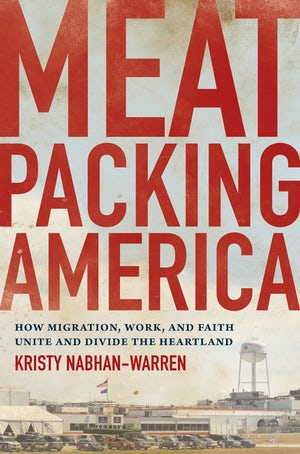
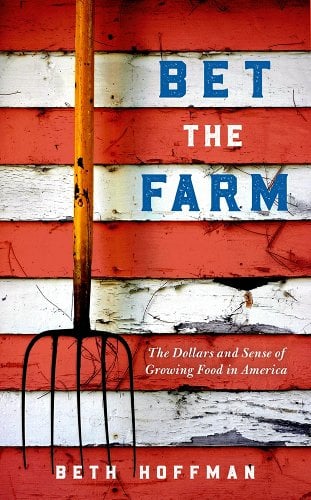
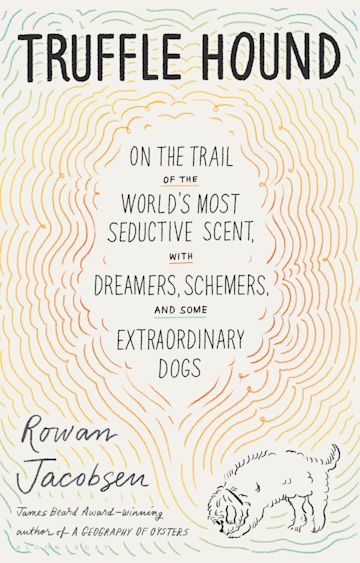

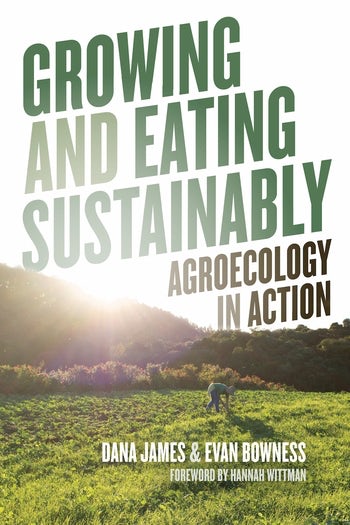
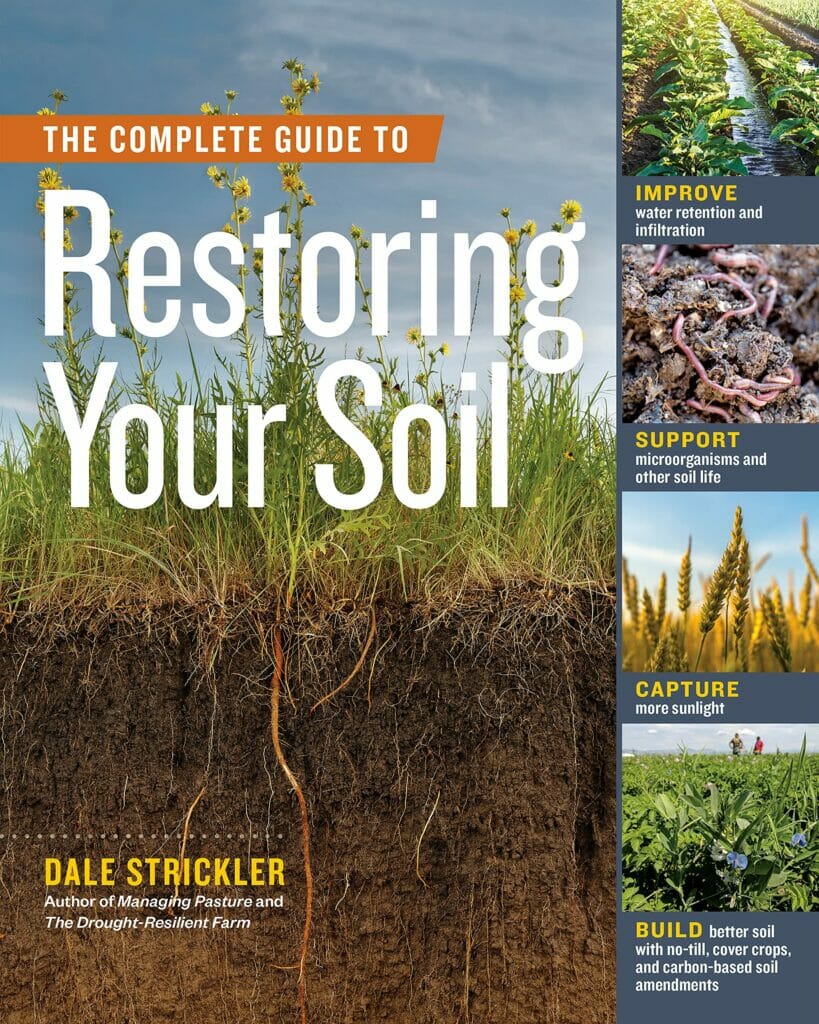
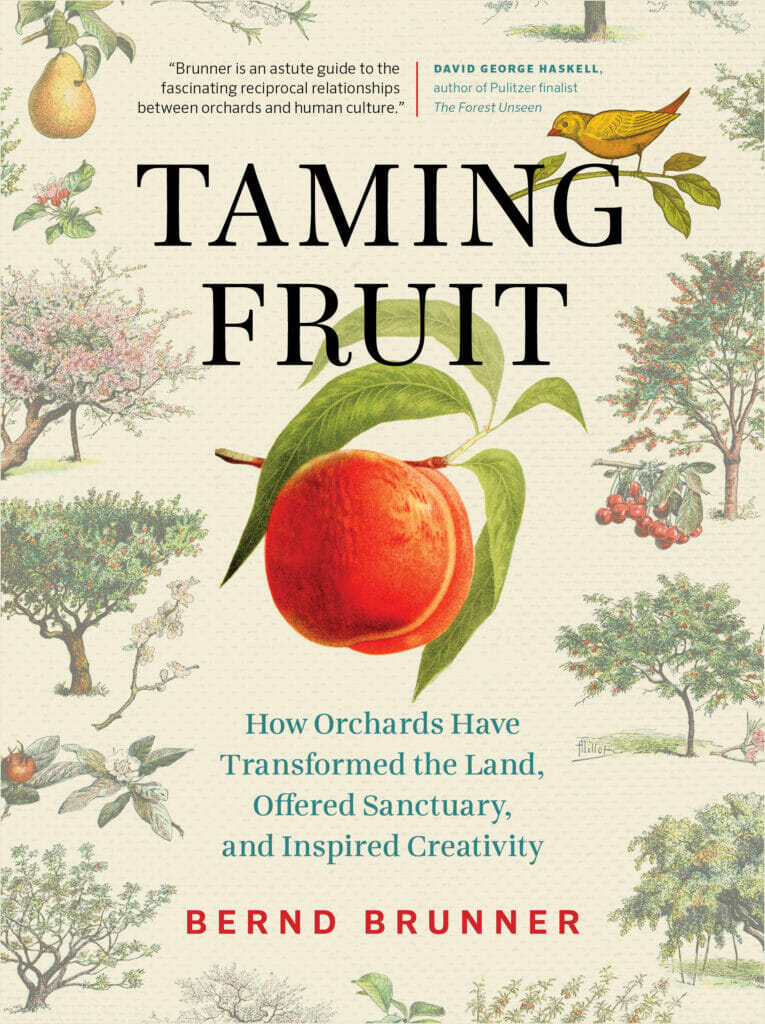
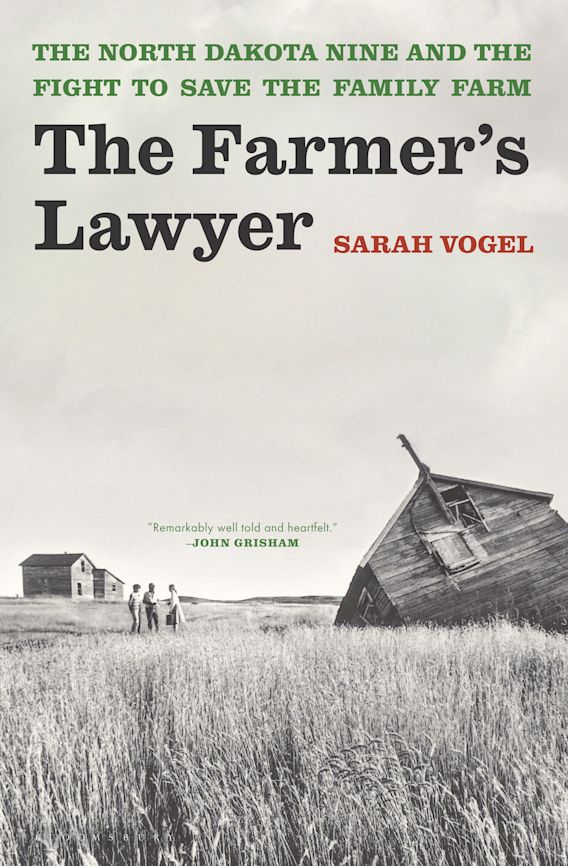
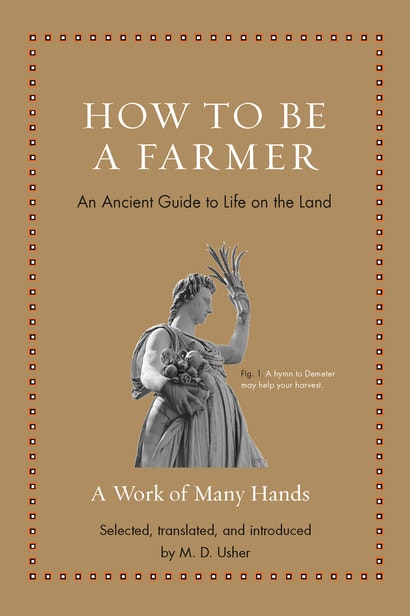
An Industry Worth Fighting For,
By Derrick Josi